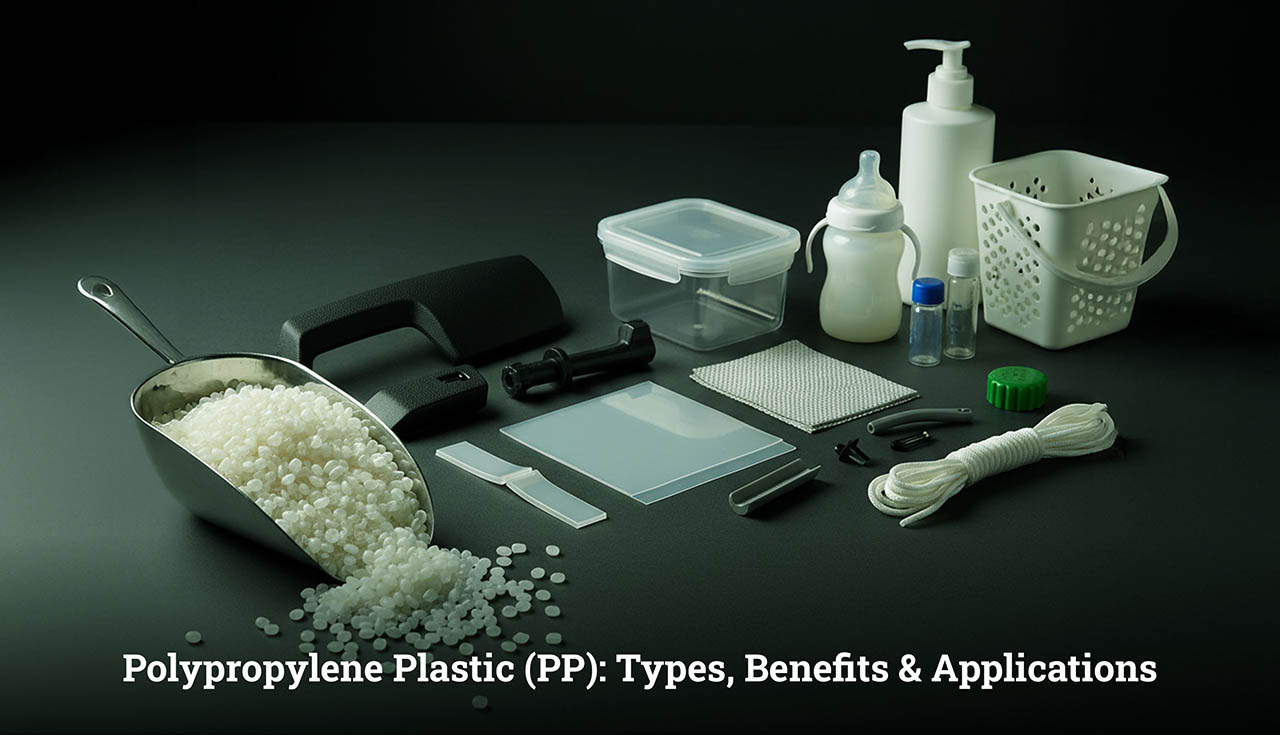Plastic usage has become an essential part of everyone’s day to day activities, from the different types of plastic used in packaging materials to industrial applications. Disposed-of plastic is found everywhere; from wrappings to electrical devices, each product containing plastic is classified among different categories of plastic materials. People’s consumption habits have resulted in improper disposal of the different types of plastic, resulting in negative impacts on the environment.
The world is currently facing a serious crisis with millions of tons of plastic being generated every year clubbed with the lack of compliance to disposal regulation and the mismanagement of the wastes. In order to play a role in tackling the current plastic management crisis,it is vital to learn about the different types of recyclable and non-recyclable plastics. The type of plastic is the key to its uses, its duration in nature, and whether it can be recycled effectively or not. Disposed-of plastic is found everywhere; from wrappings to electrical devices, each product containing plastic is classified among different types of plastic materials. Learning the different types of plastics that exist can make us well-informed consumers as well as contribute towards a more environmentally friendly world. Let’s explore various types of plastic, their recyclability, and how Banyan Nation contributes to responsible plastic recycling in India.
What are Recyclable Plastics?
Recyclable Plastics fall under a plastic material type category that can essentially be recycled and converted into new products. Most plastic material types are recyclable plastics but the most widely recycled plastics include HDPE (High Density Polyethylene) and PET( Polyethylene Terephthalate). Recyclable plastics are very useful because they are the plastic material types that play a key role in the circular economy through reprocessing to make different products. The recycling journey of the plastic material begins at sorting and collection, after which it gets balled and sent to recyclers. Recyclable plastics are used in packaging and provide many benefits to the environment. Plastic recycling regulations being implemented globally are also pushing most businesses and brands to incorporate recyclable plastics in their packaging and products.
Features present on plastic to identify if recyclable:
- Recycling symbols or resin identification codes (numbers 1 to 7) : These are widely accepted and recognized by municipal recycling programs
To read more about different types of recycling symbols: A Complete Guide On Recycling Symbols
What are Non-Recyclable Plastics?
Non-recyclable plastics include different types of plastic materials that cannot be recycled by means of traditional recycling techniques. In an ideal world, most plastic materials would be recyclable, however the recyclability often comes down to due to their chemical structure. The different types of plastic materials that are non-recyclable are often disposed of in landfills or incinerators, causing environmental degradation.
Some different types of plastic that are non-recyclable are:
- Thermoset plastics (used in insulation, appliances): common examples include polyester, epoxy resins, polyurethanes and phenolic, amino resins.
- Some multi-layer packaging: Commonly seen in chip packets.
- Plastic coated wrapping paper
- Thermocol products like plates and cups
Why are there different types of plastics? Other types of plastics
Different types of plastic material exist due to their chemical compositions, mechanical properties and the purpose that they serve. Apart from the fact that plastic manufacturers choose different types of plastic material due to the properties of the plastics such as strength, flexibility, and heat resistance, they also consider cost-effectiveness. Each type of plastic is used in a completely unique manner in industries and for consumer products.
Criterias for selection among the different types of plastic material:
- Product function and durability
- Manufacturing considerations including cost of production and recyclability
- Desired flexibility or rigidity
- Temperature and chemical resistance
- Product Aesthetics
Types of Recyclable Plastics
The names of plastics that are popular recyclable plastic materials:
1. PET (Polyethylene Terephthalate - #1)
- Usage: Material that bottled water and the soft drink bottles mostly contain.
- Generally accepted as well as most widely recycled plastic
- Recycled PET granules are often used in the textile industry
2. HDPE (High-Density Polyethylene - #2)
- Main use: Containers for detergent along with milk.
- Often considered as the easiest plastic to recycle
- It is a dense substance resistant to moisture possessing strength mechanically.
3. LDPE (Low-Density Polyethylene - #4)
- Applications: Grocery bags, Milk Pouches and food wrap films.
- Offers advantages of flexibility, low density (low transport costs) and transparency in packaging materials
4. PP (Polypropylene - #5)
- Yogurt containers represent the primary use. Bottle caps are also for a main use.
- Different types of PP plastic material can resist high temperatures and survive heavy use.
Types of Non-Recyclable Plastics
The several types of non-recyclable plastic types and their frequent applications:
Thermoset Plastics
Used in electrical insulation, kitchenware, and are found in adhesives.
Plastic Films and Multi-layered Packaging
Mainly used in snack wrappers, and sachets
PVC (Polyvinyl Chloride)
Most commonly found in drainage pipes, faux leather, and shower curtains.
Styrofoam
Commonly used in take-away container
Bubble wrap
The thin film in the bubble wrap often gets tangled in recycling
Knowledge on the recyclability of the different plastic types and its impacts can help drive a change in consumer behavior and the way we handle the disposal of plastics.
What are Other Types of Plastics?
In addition to the widely recognized plastics, there are other types of plastic used in particular applications, which are the following:
1. Bioplastics
A product of natural materials such as corn starch or sugarcane; they are not made for recycling but are biodegradable.
2. Polycarbonate (PC)
A solid plastic that is often used in safety goggles and parts of electrical devices, and is transparent.
3. Polylactide (PLA)
A kind of bioplastic that can be formed only to compost under synonymous term industrial waste treatments.
4. Acrylic (PMMA)
Glass-like plastic that is mostly used instead of solid glass.
5. Acrylonitrile Butadiene Styrene (ABS)
These are incredibly hard and stiff plastics, which you can see in goods like toy bricks and some car parts.
6. Fiber glass
It’s a composite made of glass and plastic resin, which basically insulates and is used in boat hulls.
7. Nylon
The polymers found in this synthetic material are utilized in both clothing as well as mechanical parts.
These other types of plastic materials have superior features that can often make them a top choice for some producers but also can present challenges in the recycling process.
What kinds of plastics are processed by Banyan Nation for recycling?
Banyan Nation is India’s trusted plastic recycler that is transforming plastic waste management with high-quality recycled plastic granules. Banyan is a pioneer in the circular economy and a top player in India’s FMCG bottle-to-bottle recycling.
Plastics processed by Banyan Nation:
HDPE & LDPE
Common in FMCG and industrial packaging in applications of hair care, personal care, home care, fabric care, chemicals, and lubricant oils
PP
Found in applications of packaging caps and closures, injection-molded cosmetic containers, injection molded components, and blow-molded bottles.
With a strong emphasis on traceability and ethical sourcing, Banyan Nation has ensured that top brands can transition from the use of virgin plastic to circular recycled plastics to fulfil their EPR obligations and sustainability commitments.
Conclusion
The fundamental understanding of plastics is, of course, the first and important step to enhancing our recycling and usage patterns and at the same time, protecting the environment a little better. The understanding is not only essential at any individual level but essential for producers and brands. Various kinds of plastic material that range from disposable dishes, cutlery, and containers to industrial components have to be dealt with differently. Using the plastic resin codes placed on products is one of the easiest steps to identify the recyclable plastics. Brands globally and in India are already playing their roles in recyclability. As individuals, we can also take a step towards a remarkable future, where we have a cleaner Earth by choosing sustainability and by being part of contributing to closing the loop and advancing recycling.
FAQ's
How can I identify if a plastic item is recyclable or not?
You can identify if a plastic is recyclable or not by looking for the recycling symbol with a number (1-7). Numbers 1, 2, 4, and 5 are generally recyclable.
Is plastic labeled with a recycling symbol always recyclable?
The plastic labelled with a recycling symbol may not necessarily be always recyclable. Local recycling capabilities and contamination levels affect actual recyclability.
How do plastic types affect recycling costs?
Different types of plastic that are harder-to-sort and multi-layered plastics increase labor, processing, and sorting costs.
Why aren't all plastic types recyclable? What happens to plastics that cannot be recycled?
Some plastics have complex compositions that are not economically viable to process. Non-recyclables are often sent to landfills or incinerated, playing a major role in environment degradation.
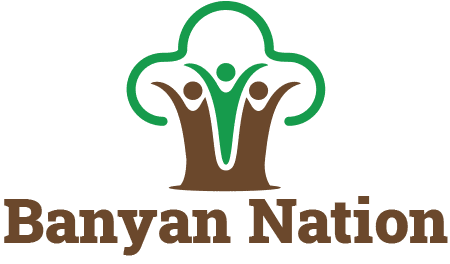
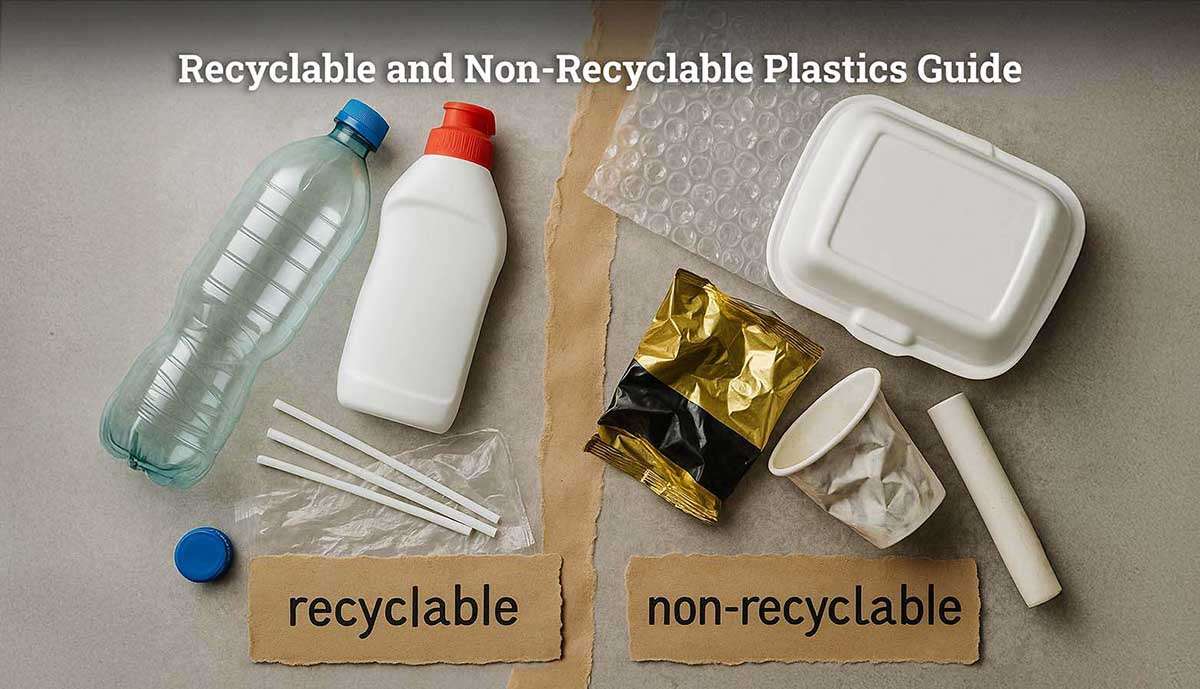
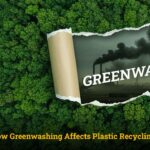 How Greenwashing Affects Plastic Recycling?
How Greenwashing Affects Plastic Recycling?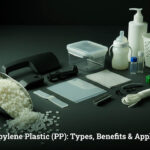 What is Polypropylene Plastic?
What is Polypropylene Plastic? Why Choose Banyan Nation as your EPR Consultant in India?
Why Choose Banyan Nation as your EPR Consultant in India?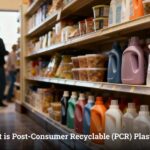 What is Post-Consumer Recyclable (PCR) Plastic?
What is Post-Consumer Recyclable (PCR) Plastic?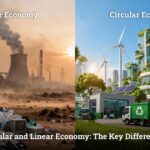 What is the Difference Between Circular Economy & Linear Economy
What is the Difference Between Circular Economy & Linear Economy
